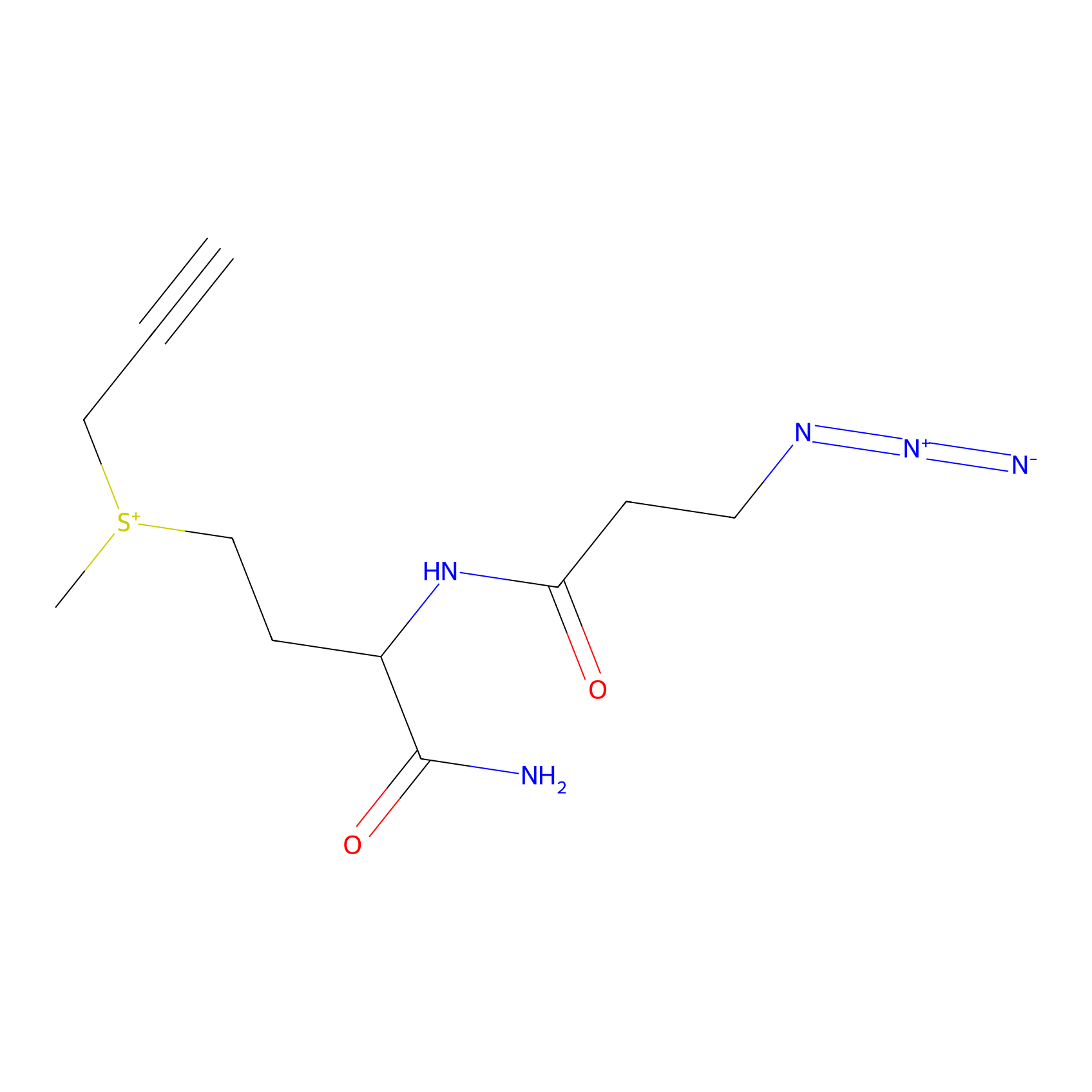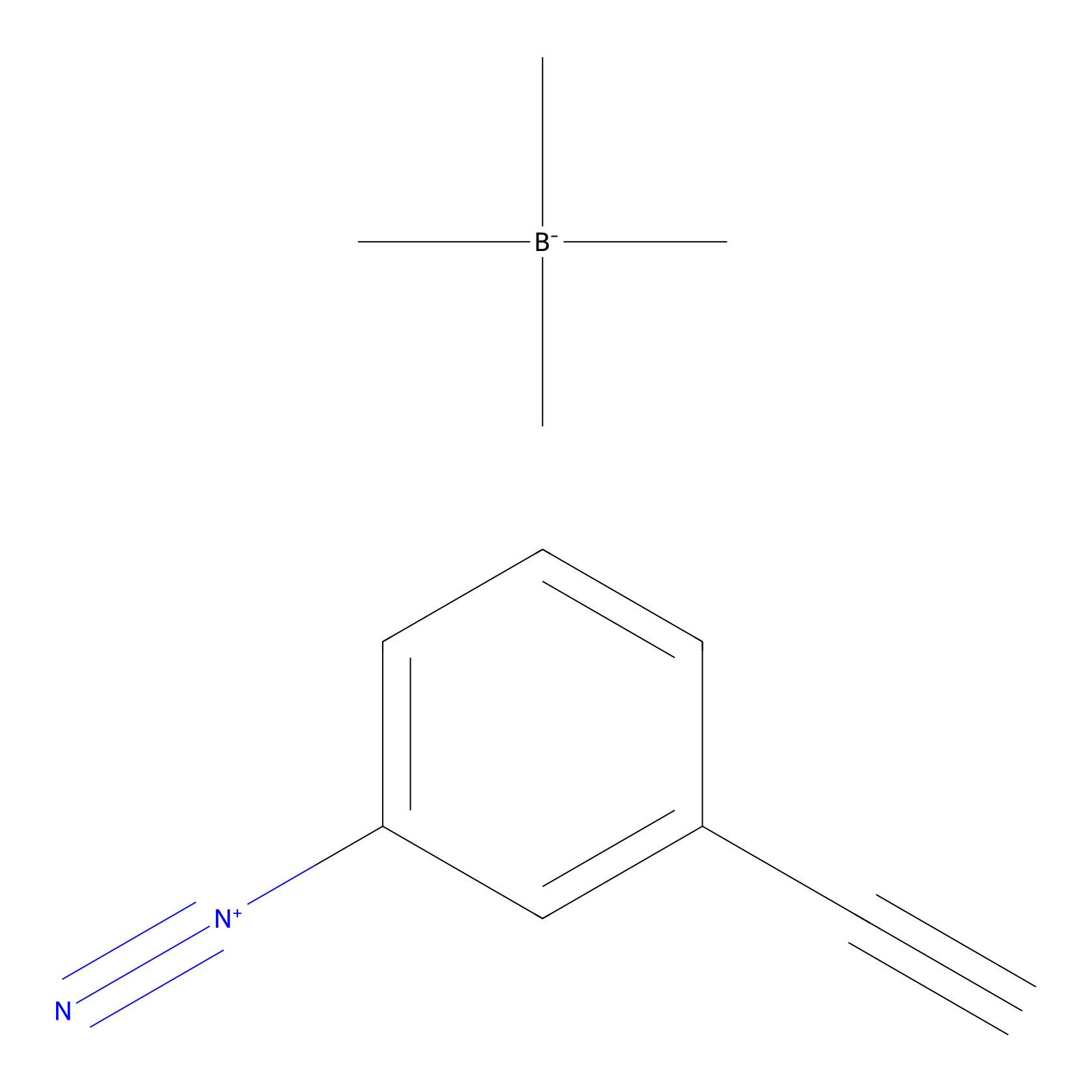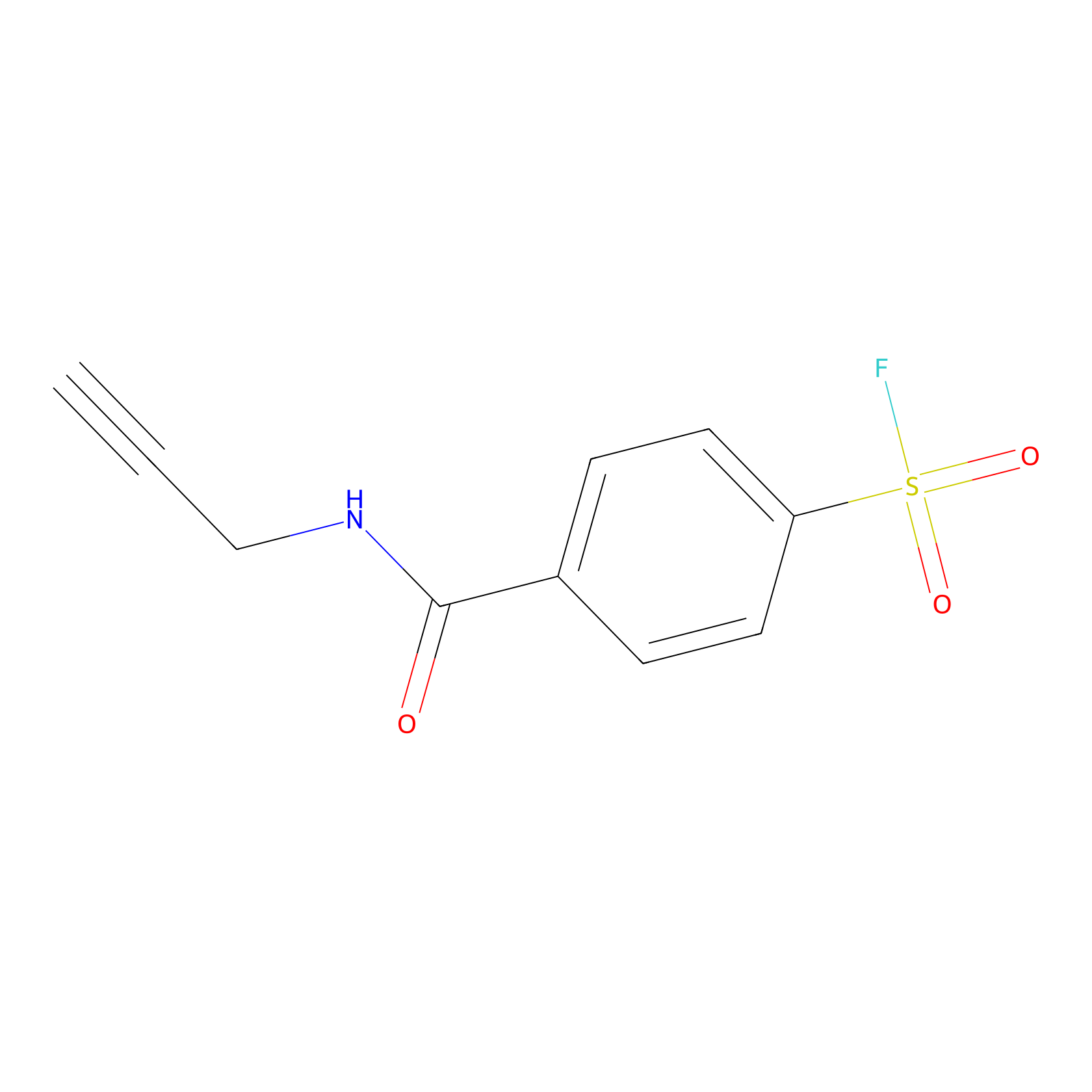Details of the Target
General Information of Target
| Target ID | LDTP11120 | |||||
|---|---|---|---|---|---|---|
| Target Name | Partner of Y14 and mago (PYM1) | |||||
| Gene Name | PYM1 | |||||
| Gene ID | 84305 | |||||
| Synonyms |
PYM; WIBG; Partner of Y14 and mago; PYM homolog 1 exon junction complex-associated factor; Protein wibg homolog |
|||||
| 3D Structure | ||||||
| Sequence |
MPKVFLVKRRSLGVSVRSWDELPDEKRADTYIPVGLGRLLHDPPEDCRSDGGSSSGSGSS
SAGEPGGAESSSSPHAPESETPEPGDAEGPDGHLATKQRPVARSKIKFTTGTCSDSVVHS CDLCGKGFRLQRMLNRHLKCHNQVKRHLCTFCGKGFNDTFDLKRHVRTHTGIRPYKCNVC NKAFTQRCSLESHLKKIHGVQQQYAYKQRRDKLYVCEDCGYTGPTQEDLYLHVNSAHPGS SFLKKTSKKLAALLQGKLTSAHQENTSLSEEEERK |
|||||
| Target Bioclass |
Other
|
|||||
| Family |
Pym family
|
|||||
| Subcellular location |
Cytoplasm
|
|||||
| Function |
Key regulator of the exon junction complex (EJC), a multiprotein complex that associates immediately upstream of the exon-exon junction on mRNAs and serves as a positional landmark for the intron exon structure of genes and directs post-transcriptional processes in the cytoplasm such as mRNA export, nonsense-mediated mRNA decay (NMD) or translation. Acts as an EJC disassembly factor, allowing translation-dependent EJC removal and recycling by disrupting mature EJC from spliced mRNAs. Its association with the 40S ribosomal subunit probably prevents a translation-independent disassembly of the EJC from spliced mRNAs, by restricting its activity to mRNAs that have been translated. Interferes with NMD and enhances translation of spliced mRNAs, probably by antagonizing EJC functions. May bind RNA; the relevance of RNA-binding remains unclear in vivo, RNA-binding was detected bywhiledid not detect RNA-binding activity independently of the EJC.
|
|||||
| Uniprot ID | ||||||
| Ensemble ID | ||||||
| HGNC ID | ||||||
Target Site Mutations in Different Cell Lines
Probe(s) Labeling This Target
ABPP Probe
| Probe name | Structure | Binding Site(Ratio) | Interaction ID | Ref | |
|---|---|---|---|---|---|
|
C-Sul Probe Info |
 |
9.77 | LDD0066 | [1] | |
|
STPyne Probe Info |
 |
K51(7.88) | LDD0277 | [2] | |
|
Probe 1 Probe Info |
 |
Y36(12,627.54); Y45(33.38) | LDD3495 | [3] | |
|
SF Probe Info |
 |
N.A. | LDD0028 | [4] | |
The Interaction Atlas With This Target
The Protein(s) Related To This Target
Enzyme
| Protein name | Family | Uniprot ID | |||
|---|---|---|---|---|---|
| Reticulon-4-interacting protein 1, mitochondrial (RTN4IP1) | Zinc-containing alcohol dehydrogenase family | Q8WWV3 | |||
Transporter and channel
| Protein name | Family | Uniprot ID | |||
|---|---|---|---|---|---|
| Protein mago nashi homolog (MAGOH) | Mago nashi family | P61326 | |||
Other
| Protein name | Family | Uniprot ID | |||
|---|---|---|---|---|---|
| Protection of telomeres protein 1 (POT1) | Telombin family | Q9NUX5 | |||
References
